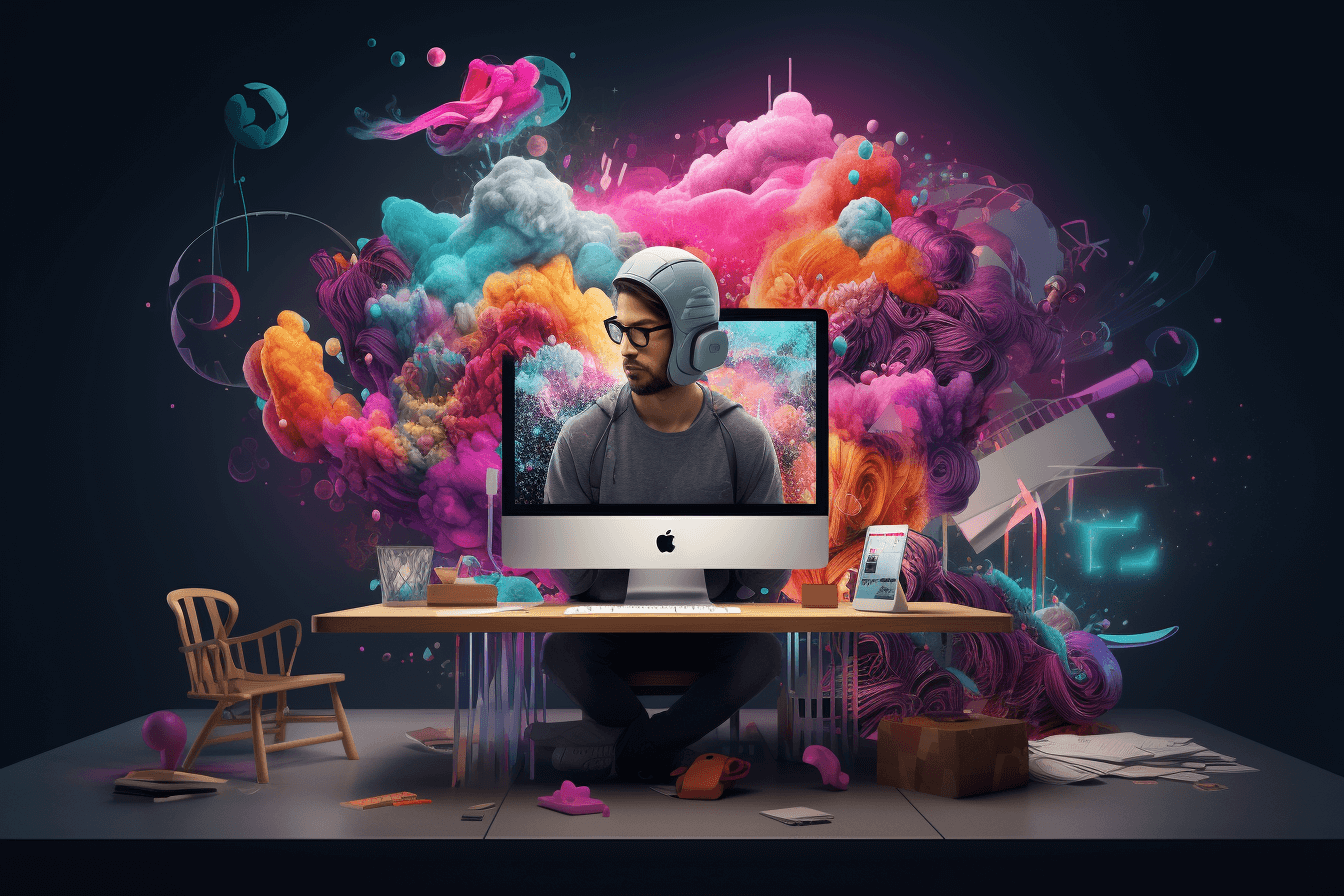In today’s rapidly evolving digital landscape, the integration of AI for graphic design students has become a pivotal aspect of modern education. As technology continues to advance, students in the field of graphic design are presented with new opportunities and challenges. Understanding AI and its applications in graphic design is crucial for aspiring designers to stay ahead in the industry.

Understanding AI in Graphic Design
Artificial Intelligence (AI) refers to the simulation of human intelligence in machines that are programmed to think like humans and mimic their actions. In graphic design, AI is used to automate tasks, generate creative ideas, and enhance the overall design process. For students, learning how AI can be applied in design can open new doors to creativity and efficiency.
The Role of AI in Design Education
AI plays a significant role in design education by providing students with tools that enhance their learning experience. With AI, students can explore different design possibilities, receive instant feedback, and develop skills that are aligned with industry standards. The use of AI-powered tools in classrooms helps students to understand complex design concepts more easily.
AI Tools for Graphic Design
There are numerous AI tools available for graphic design students. Software like Adobes AI-powered tools and Canva Magic Design provide students with features that allow for the creation of stunning visuals with ease. These tools offer functionalities such as automated design suggestions, color matching, and layout adjustments, which can significantly improve the quality of work produced by students.
Benefits of AI for Students
The benefits of integrating AI for graphic design students are manifold. AI enables students to work more efficiently by automating repetitive tasks. This allows students to focus on the creative aspects of design, fostering innovation and creativity. Additionally, AI provides students with access to vast libraries of design elements, which can be used to enhance their projects.
Enhancing Creativity with AI
One of the primary benefits of AI in graphic design is its ability to enhance creativity. AI tools can analyze design trends and provide students with suggestions that inspire creative solutions. By using AI, students can experiment with new design concepts and push the boundaries of their creativity.
AI and Industry Relevance
For graphic design students, understanding and utilizing AI is crucial for remaining relevant in the industry. As more companies adopt AI in their design processes, having knowledge of AI tools and techniques can give students a competitive edge when entering the job market. Skills in AI are increasingly becoming a requirement for graphic design positions.
Challenges and Considerations
While the advantages of AI for graphic design students are significant, there are also challenges to consider. One of the main challenges is the potential loss of traditional design skills. As students rely more on AI tools, there is a risk that they may not develop the foundational skills needed for manual design work.
Balancing AI and Traditional Skills
It is important for students to find a balance between using AI tools and developing traditional design skills. Educators should emphasize the importance of understanding design principles and techniques alongside AI tools. This ensures that students are well-rounded designers who can adapt to various design demands.
Ethical Considerations of AI
Another consideration is the ethical implications of using AI in design. Students should be aware of issues such as data privacy, copyright infringement, and the potential for AI to perpetuate biases. Understanding these ethical considerations is essential for responsible use of AI in design.
Future of AI in Graphic Design Education
The future of AI for graphic design students is promising. As AI technology continues to evolve, its applications in graphic design education are expected to expand. Future trends may include more personalized learning experiences, enhanced collaboration tools, and the integration of virtual and augmented reality in design projects.
AI-Driven Personalization
AI has the potential to provide personalized learning experiences for students. By analyzing individual learning patterns, AI can offer tailored resources and guidance, helping students to develop their skills more effectively.
Collaborative Design with AI
AI can also facilitate collaboration among students. By using AI-driven platforms, students can work on design projects together, regardless of their physical location. This enhances teamwork and allows for the exchange of diverse ideas and perspectives.
Conclusion
In conclusion, the integration of AI for graphic design students presents both opportunities and challenges. By embracing AI, students can enhance their creativity, improve their efficiency, and remain competitive in the industry. It is essential for educators to provide students with the knowledge and skills needed to navigate the evolving landscape of graphic design.

FAQ
What is AI in graphic design?
AI in graphic design refers to the use of artificial intelligence technologies to automate and enhance various design tasks. It involves using software and tools powered by AI to create, edit, and optimize designs.
How can AI benefit graphic design students?
AI benefits graphic design students by providing them with tools that automate repetitive tasks, enhance creativity, and improve the overall quality of their designs. It also helps students stay updated with industry trends and developments.
Are there any ethical concerns with using AI in design?
Yes, there are ethical concerns with using AI in design, such as data privacy, copyright infringement, and potential biases in AI algorithms. Students should be aware of these issues and use AI responsibly.







